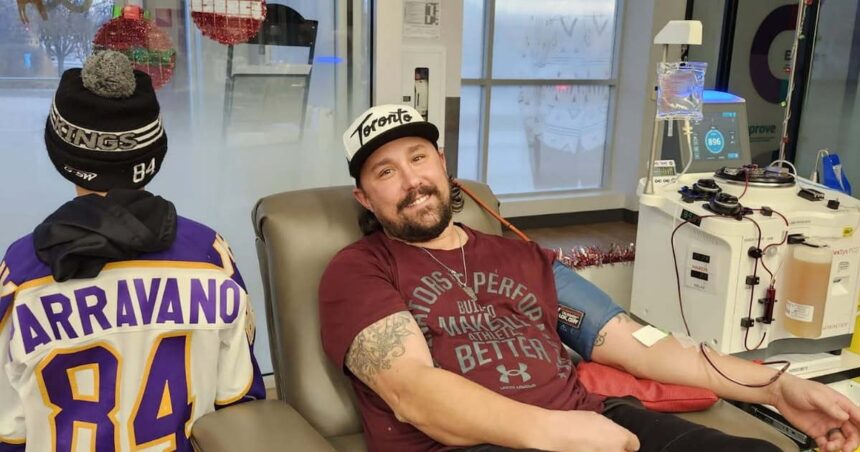In an unprecedented appeal that highlights a growing national health crisis, Canadian Blood Services announced Thursday that it requires one million new blood donors over the next five years to meet critical medical demands across the country. The scale of this recruitment drive—the largest in the organization’s history—underscores the precarious state of Canada’s blood supply system as demographic shifts and changing donation patterns threaten the sustainability of this vital resource.
“We’re facing a perfect storm of challenges,” explains Dr. Graham Sher, CEO of Canadian Blood Services. “Our long-term donors are aging out of the system faster than we can replace them, while medical advances mean blood products are needed for increasingly complex treatments. The one million donor target isn’t arbitrary—it’s what our healthcare system requires to function effectively.”
The shortage comes amid concerning statistics that reveal only 4% of eligible Canadians currently donate blood, despite approximately 50% of the population being medically eligible to do so. This disconnect has created mounting pressure on the existing donor base, with hospitals in several provinces already reporting difficulties in scheduling certain elective surgeries due to blood supply constraints.
Health officials point to several factors driving the current crisis. The COVID-19 pandemic dramatically disrupted donation patterns, with many regular donors breaking their routine. Demographic shifts have further complicated recruitment efforts, as the proportion of younger Canadians participating in blood donation programs has declined steadily over the past decade.
“Blood products have a limited shelf life—red blood cells last only 42 days, while platelets must be used within seven days,” notes Dr. Isra Levy, Vice President of Medical Affairs at Canadian Blood Services. “This isn’t like stockpiling masks or ventilators. We need a constant, reliable flow of new donors to ensure patients receive what they need, when they need it.”
The organization has unveiled a comprehensive strategy to address the shortage, focusing on digital engagement, community partnerships, and streamlined donation processes. Mobile blood collection units will be deployed to underserved communities, while expanded operating hours at permanent collection sites aim to accommodate donors with varied schedules.
Toronto’s University Health Network, one of Canada’s largest hospital systems, has reported that blood product shortages have affected approximately 7% of scheduled surgical procedures in the past quarter. “When we don’t have reliable blood supplies, we’re forced to make difficult decisions about which procedures proceed and which must wait,” explains Dr. Melanie Thompson, Chief of Surgical Services.
The campaign has garnered support from numerous business leaders and community organizations, with several major employers announcing blood donation leave policies to encourage participation. Financial institutions, technology companies, and manufacturing firms across the country have committed to supporting employee donation initiatives through flexible scheduling and transportation assistance.
Indigenous communities are being specifically engaged through culturally appropriate outreach programs developed in consultation with First Nations, Métis, and Inuit health authorities. These initiatives recognize historical barriers to participation in national health programs and aim to build trust through transparent practices and community leadership.
Provincial health ministers have expressed unanimous support for the initiative, with Quebec and Ontario announcing supplementary funding for donor recruitment in regions with historically low participation rates. However, health policy experts caution that achieving the one million donor target will require sustained political will and financial commitment beyond election cycles.
As our population continues to age and medical treatments grow more sophisticated, how will we as a society ensure that the gift of blood—something we can all potentially give—remains available to everyone who needs it?










